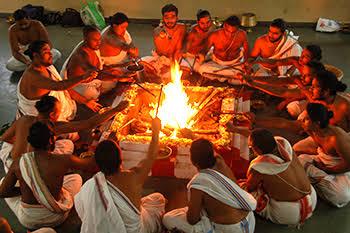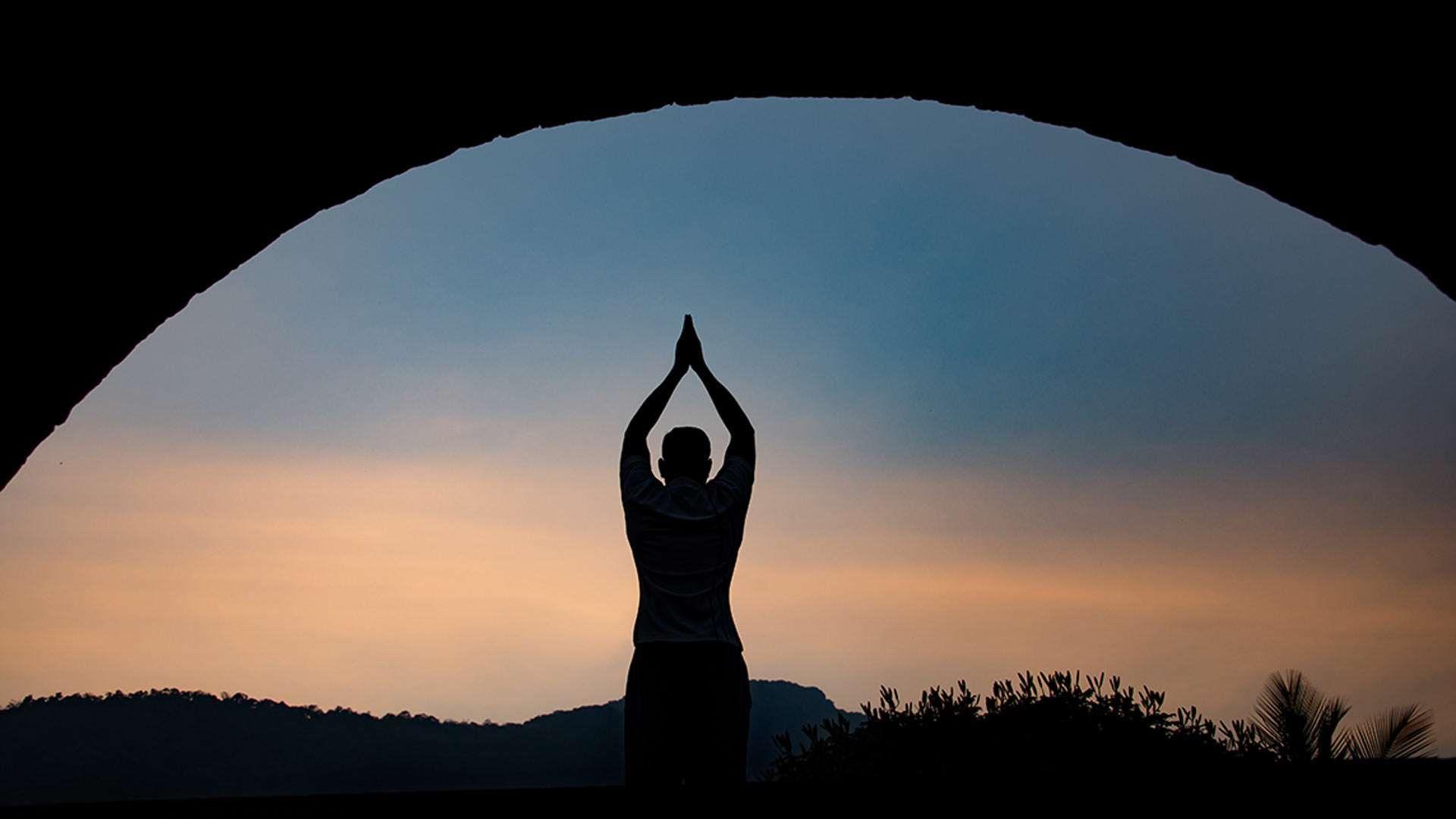- This topic has 0 replies, 1 voice, and was last updated by .
-
AuthorPosts
-
March 16, 2024 at 5:06 pm #1869Up::41
Sanatan Dharma is not only a religion but a way of life with as profound and ancient traditions and as wise as a spiritual-based knowledge system. Sanatan Dharma has its unique feature of the abundance of rituals and ceremonies which is one of its defining features. Nonetheless, these rituals performed with a lot of care and precision, and handed down through different generations, are an essential component that has a large influence on the spirit of the millions of followers all over the globe. This blog discusses the spiritual strength of rituals in the faith of Sanatan Dharma.

The materials used in Havan, such as ghee, herbs, and wood, are natural and can release substances that purify the air, making it fresher and healthier to breathe. The burning of wood in Havan can contribute to carbon sequestration, as the carbon is converted into ash and incorporated into the soil, thus potentially mitigating the effects of climate change
Spiritual Connection
Practices allow us to acknowledge and engage with the sacred. Through different kinds of rituals that are puja (rituals worship), developing inter-galactic relations is the sole aim, as chanting of mantras. These rituals, supposedly, help the connection rope dropped between the worshipper and God hence increasing the closeness bonds of the believer to the supreme deity.
Honoring Ancestors (Pitru) and Deities
Many rituals in Sanatana Dharma are dedicated to honoring ancestors (pitru) and venerating various deities. Through offerings, prayers, and ceremonies, individuals express gratitude to their ancestors for their blessings and seek their guidance and blessings for the future. Similarly, rituals dedicated to deities are performed to express devotion, seek blessings, and cultivate a relationship with the divine.
Personal Transformation
Rituals in Sanatan Dharma are not merely empty gestures but are imbued with deep spiritual significance. They provide a framework for spiritual growth and self-discipline, guiding individuals on the path towards self-realization and enlightenment. Whether it’s the observance of fasts, the chanting of sacred mantras, or the performance of meditation techniques, rituals help cultivate virtues such as patience, humility, and devotion. By adhering to a prescribed set of practices, individuals learn to tame their ego and align themselves with higher spiritual principles. self-discipline, and spiritual practices embedded within rituals, individuals strive to purify their minds, overcome inner obstacles, and cultivate virtues such as compassion, patience, and humility.

Yoga is a holistic practice originating from ancient India that encompasses physical postures (asanas), breath control (pranayama), meditation, and ethical principles, aiming to cultivate physical, mental, and spiritual well-being. It is not only a form of exercise but also a path to self-discovery and inner peace. The word “yoga” comes from the Sanskrit root “yuj,” which means to yoke or unite, symbolizing the union of body, mind, and spirit. With roots dating back thousands of years, yoga has evolved into various styles and practices, each emphasizing different aspects such as strength, flexibility, relaxation, or spiritual growth. Scientific research has shown numerous health benefits of yoga, including reduced stress, improved flexibility and balance, enhanced mood, and better overall physical health.
Connecting with the Divine
A divine reality is believed in the constant nature of Sanatan Dharma, which appears in many characters and shapes. Rituals become instrumental in bringing about contact with this sacred presence. By engaging in streams of prayers, worship, and offerings, adherents strive to bear space in their lives for God and connect deeply to the divine, enjoying a strong sense of unity and connectedness. Rituals become indispensable in daily life; whether it is a home puja or a grand temple ceremony, they become opportune platforms to express our devotion and reverence towards deities.
Social Cohesion and Community Bonding
In addition to their benefits, rituals play a crucial role in fostering a sense of community and belonging. Whether it’s the celebration of festivals like Diwali, Holi, or Navratri, or the collective worship at temples and pilgrimage sites, rituals bring people together in shared devotion and celebration. They provide a sense of unity and solidarity, transcending barriers of caste, creed, and language. Through collective participation in rituals, communities strengthen their bonds and create a supportive network of spiritual seekers.
Cultural Identity and Tradition
Rituals can be regarded as a means of passing on cultural heritage from one generation to the next one. From naming ceremonies to marriage rituals to death ceremonies, every stage of life in Hinduism is characterized by given customs and practices. This way, the rituals serve as guardians of tradition, but also give meaning and enrich life bringing the sense of continuity and belonging. They signify that people belong to a specific community, resulting in them having a strong cultural identification and a sense of unity.
Balancing with the Cosmic Order
Central to Sanatan Dharma is the concept of dharma, which encompasses the principles of cosmic order, righteousness, and duty. Rituals are seen as a means to uphold dharma by maintaining balance and harmony in the universe. Whether it’s performing rituals to propitiate deities, appease ancestors, or honor nature spirits, adherents of Sanatan Dharma seek to align themselves with the natural rhythms of creation. By observing prescribed rituals, individuals contribute to the greater cosmic order, fostering peace and prosperity for all beings.
Generally speaking, in Sanatana Dharma the rituals represent an integral part of metaphysical reality, culture, and personal life. This system serves as a medium through which people can engage the divine force, maintain the clear order of the universe, connect with their cultural traditions, help individual transformation, uphold social bonds, and offer reverence to their deceased ancestors and deities.
Attachments:
You must be logged in to view attached files. -
AuthorPosts
- You must be logged in to reply to this topic.